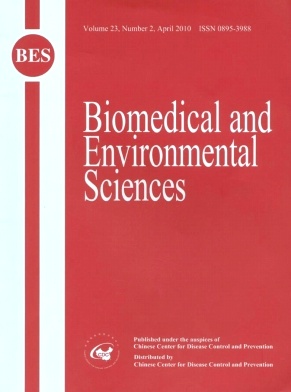Relatively High Bone Mineral Density in Chinese Adolescent Dancers Despite Lower Energy Intake and Menstrual Disorder
-
Key words:
- Adolescent dancers /
- Bone mineral density /
- Nutrient intake /
- Menstrual status /
- Estrogen level
Abstract: Objective The effect of dietary restriction, intense exercise end menstrual dysfunction on bone mineral density remains controversial. The aim of this study was to assess the skeletal health status and relationship between bone mineral density end nutrient intake, menstrual status, estrogen level and other factos in Chinese adolescent dancers. Methods Sixty dancers and 77 healthy controls underwent measurements of bone density, body composition, and estrogen level. Nutrient intake, menstrual status and physical activity were assessed with questionnaires. The correlation between these factors were analyzed. Results The dancers under study had a significantly lean body mass index (18.3±1.4 kg/m2 vs. 21.7±3.1 kg/m2), lower percentage of body fat (0.25±0.05 vs. 0.34±0.04) end later age at menarche (14.0±0.9 y vs.13.0±1.3 y), and the estrogen level, daily calorie and fat intake in them were also lower than in the controls. All the dancers undertook intensive physical activity every day and up to 69% of them suffered from irregular menarche. Yet they had relatively high BMD and BMC of the total body and legs than the controls after adjusting for BMI end age. Site-specific BMD was positively correlated to BMI, body composition and training hours per week and negatively correlated to the age at menarche and menstrual frequency. Coneluslons The relatively high BMD and BMC of the dancers at the total body end legs were probably caused by high levels of weight-bearing physical activity. To ameliorate disordered eating, especially low energy intake might be helpful to prevent the Triad and to improve the bone health in adolescent dancers.
| Citation: | Relatively High Bone Mineral Density in Chinese Adolescent Dancers Despite Lower Energy Intake and Menstrual Disorder[J]. Biomedical and Environmental Sciences, 2010, 23(2): 130-136. |







 Quick Links
Quick Links
 DownLoad:
DownLoad: